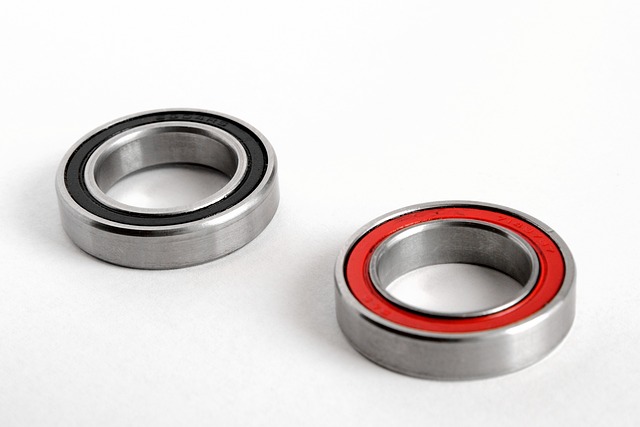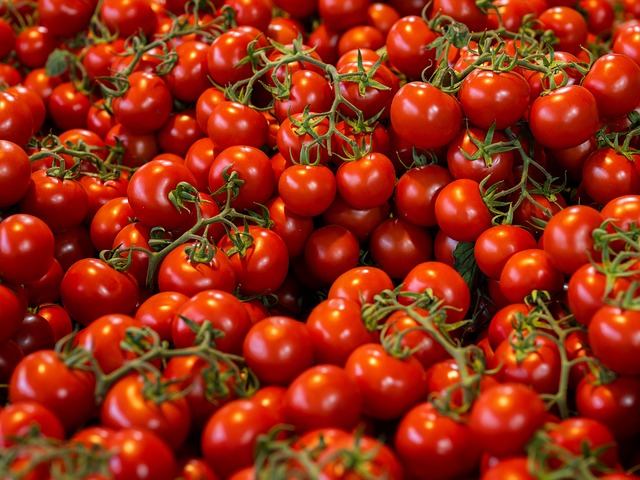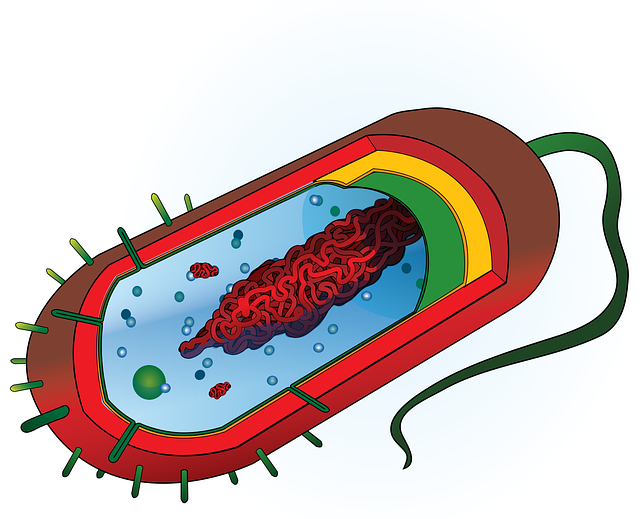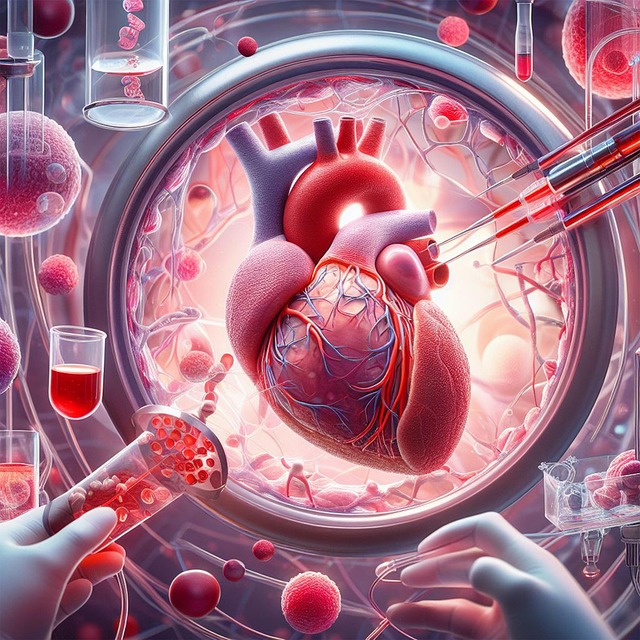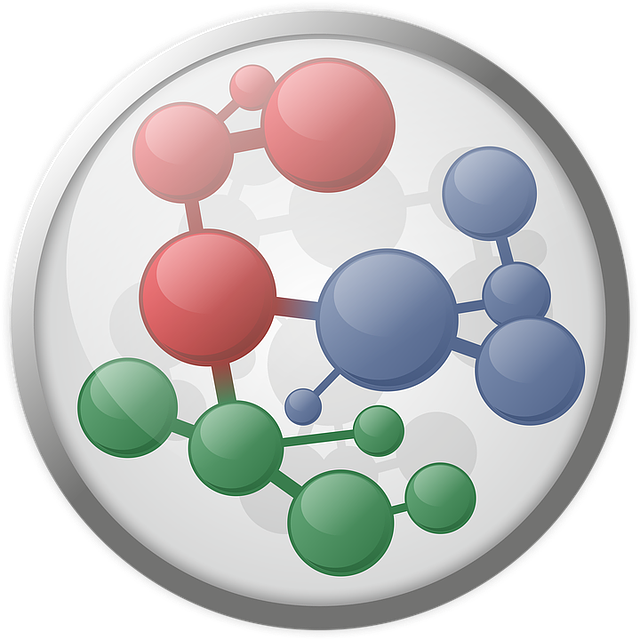Optimizing stem cell culture media requires a balanced composition stable over time to support expansion and differentiation. Effective testing protocols verify pH, nutrients, and oxygen levels for efficient in vitro growth while maintaining undifferentiated states. Recent trends include xeno-free protocols and specialized formulations, revolutionizing stem cell culture technologies for diverse types like MSCs, enhancing safety and facilitating clinical applications.
“Discover the power of stem cell culture media tailored for bioreactors. This article explores the intricate world of bioreactor compatible media, delving into the essential requirements and key components that ensure optimal stem cell growth. We uncover specialized formulations’ diverse applications, from advanced research to therapeutic product development. By understanding these media nuances, scientists can unlock enhanced cell culture outcomes, driving innovation in regenerative medicine.”
- Understanding Bioreactor Compatible Media Requirements
- Key Components for Optimal Stem Cell Culture Media
- Applications and Benefits of Specialized Media Formulations
Understanding Bioreactor Compatible Media Requirements

Understanding the specific requirements of bioreactor compatible media is paramount when optimizing stem cell culture media. These advanced systems demand a precise balance of components to support the complex needs of stem cells during expansion and differentiation. Key considerations include media stability, ensuring consistent composition over extended periods, crucial for maintaining optimal conditions for stem cell differentiation.
Furthermore, achieving the right stem cell media stability testing protocols is essential to verify that the medium remains suitable for cellular growth. By carefully controlling factors like pH, nutrient availability, and oxygen levels, researchers can create an environment that fosters optimizing stem cell expansion in vitro, enabling efficient proliferation while preserving the cells’ undifferentiated state.
Key Components for Optimal Stem Cell Culture Media

The success of stem cell research heavily relies on the quality and composition of the stem cell culture media. Optimizing this crucial component is essential for achieving robust stem cell expansion in vitro. Key factors include careful selection of growth factors, cytokines, and supplements to mimic the natural stem cell niche environment. These elements play a vital role in directing cellular differentiation, proliferation, and maintenance of stem cell identities.
In recent years, there has been a growing trend towards developing animal-component-free (xeno-free) stem cell culture protocols. This shift is driven by the need for more ethical and consistent methods, ensuring that the cultured cells are less likely to harbor contaminants or trigger immune responses in future therapeutic applications. Therefore, researchers are exploring alternative sources for essential components, revolutionizing the landscape of stem cell culture media.
Applications and Benefits of Specialized Media Formulations

Specialized media formulations have transformed various applications in bioreactor technologies, particularly in stem cell culture. These tailored media solutions are designed to support the unique requirements of different types of stem cells, such as mesenchymal stem cells (MSCs), enabling efficient growth and differentiation. By removing animal-derived components, many researchers opt for serum-free and mitogen-free stem cell culture media, which not only promotes consistent and reproducible results but also enhances cell safety.
The benefits extend beyond cell culture. Optimized media formulations facilitate the efficient mesenchymal stem cell harvest, enabling larger-scale production for therapeutic purposes. Furthermore, these advanced media can maintain stem cell viability and functionality over extended periods, ensuring their suitability for long-term in vitro studies and potential clinical applications. This advancement in stem cell culture media formulations is a game-changer, opening doors to innovative research and promising therapies.
Bioreactor compatible media plays a pivotal role in enhancing stem cell culture processes, offering tailored formulations that support optimal cell growth. By understanding the specific requirements and key components, researchers can leverage specialized media to achieve efficient and consistent results. These advanced media options not only simplify culture maintenance but also open doors to diverse applications, revolutionizing the field of regenerative medicine and beyond.
